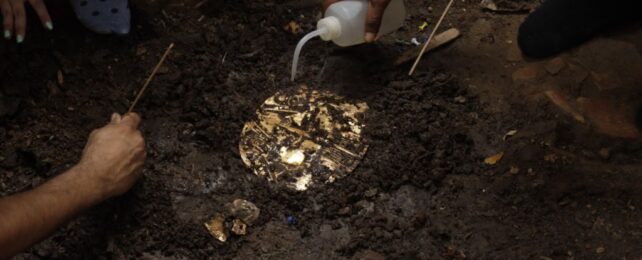The afterlife could be a lonely place with your loved ones staying behind in the land of the living.
In the ancient Coclé culture, which existed in Panama between 200 BCE and 1550 CE, elite individuals didn't have to worry about eternal solitude. The tomb of a young Coclé lord from roughly 1,200 years ago reveals the spine-chilling reality for any surrounding company when a powerful leader dies.
In a specific section of the Rio Grande Valley, archaeological evidence from ancient cemeteries suggests that Coclé chiefs and nobility were sometimes buried alongside their companions, such as their favorite wives or servants, who were sacrificed as part of the funeral.
The tomb of the Coclé lord, which was originally found in 2011 in El Caño Archaeological Park, contains piles of gold artifacts and the bones of up to 31 other people.
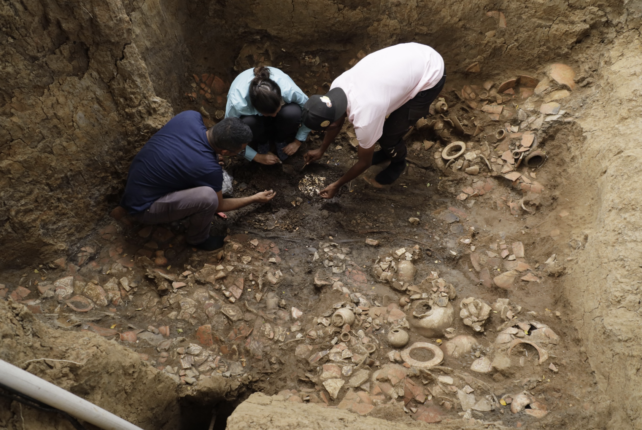
The elite individual's own body was interred face down on top of a female body, which experts say was a common tradition in the culture.
Over the years, archaeologists unearthing the ancient enclosed cemeteries of El Caño and a nearby spot called Sitio Conte have found numerous tombs that hold more than one body. But the burial of the young lord in El Caño around 750 CE is especially lavish.
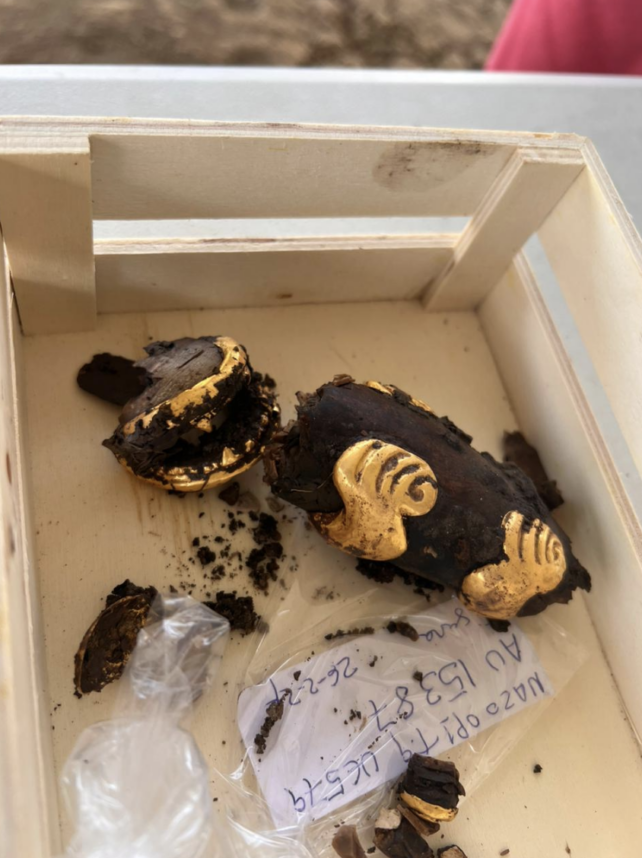
The luxury items found in his tomb probably had spiritual significance. Among shards and shards of pottery lie two belts made of gold beads, four bracelets, two earrings in the shape of a man and a woman, an earring in the shape of a crocodile, a beaded necklace, five earrings made from sperm whale teeth with gold covers, two gold plates, two bells, skirts and bracelets made of dog teeth, and a set of flutes made from bone.
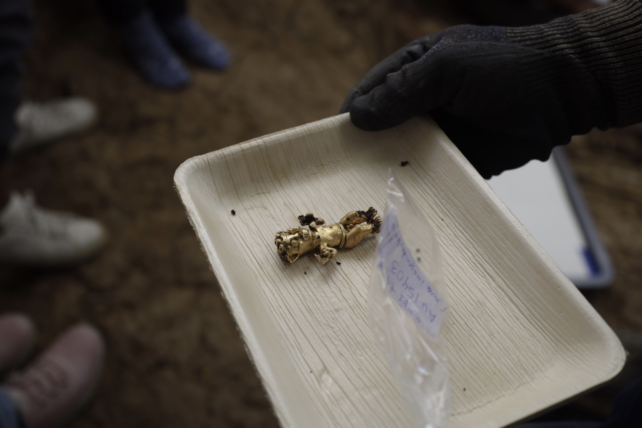
The excavation of the site is not yet complete, which means the numbers of individuals buried in that one single tomb could still change. The range sits somewhere between 8 and 32, but it's hard to say for sure which bones go with which person without genetic analysis.
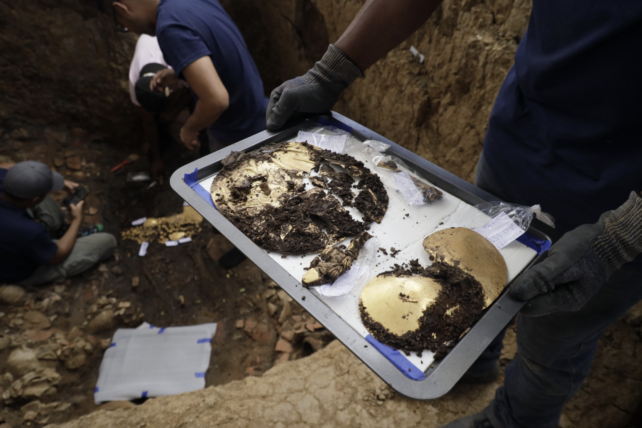
Julia Mayo, leader of the archaeological project, and her team have shared some initial findings and photographs of the tomb on the website for Panama's Ministry of Culture.
With further analysis, the archaeologists hope to uncover cultural, spiritual, and political elements of the mysterious Coclé culture and their hierarchical ways of life.
